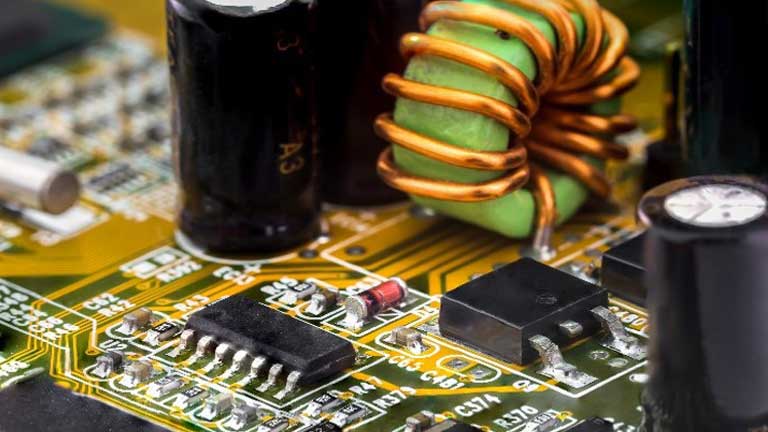Batteries are key to charging options

Editor’s note: A version of this article appeared on Hardware Studio.
Wired power is a strong option for developers that need to get to market fast and require an inexpensive, proven solution. For products where convenience and future compatibility are paramount, you can move forward confidently with standards-based wireless power. However, whether you are ditching cords for coils and diving into the $22 billion wireless charging industry or taking advantage of the tried and true wired method, one thing is for certain: it all comes down to the battery.
Making sure the battery matches the charging option, no matter if it’s the next great AI robot or a full industrial IoT deployment, is key to a product’s success.
Application can dictate battery, charging types
Countless battery types have emerged over the years. Lead acid technology dates back to the 1800s, yet it’s still used heavily in automotive and solar applications—so you’ll likely not come across it while researching applicable options for an instrument or wearable.
Nickel-metal hydride technology came along in the late ‘60s and remains a popular choice for consumer electronics and electric vehicles so it might be nice to consider.
However, for portable applications, these batteries are increasingly being eclipsed by lithium-ion, which offers superior power density and faster charging—at a higher price that’s usually worth paying. Lithium-ion batteries are common in consumer electronics and are gaining popularity in automotive and aerospace applications.
Which of these batteries is right for you? You’ll need to balance size and weight with cost, capabilities, and safety. Here are a few important characteristics that you should consider when exploring battery options.
Battery topologies important for powering devices
Get comfortable with two phrases: battery gauging and cell balancing. Battery gauging refers to a battery's ability to accurately assess and report its energy levels. This is an essential feature for most consumer electronics applications. Cell balancing is crucial to maximizing the capacity and extending the life of a battery. These attributes can greatly impact a user's experience of your product.
Battery configurations, also known as topologies, can have a big impact on the complexity and costs of your designs as well. These span centralized, distributed and modular:
- Centralized topologies employ a single controller connected to multiple battery cells, each with its own communication wire. It's an economical approach that is a good choice for most consumer electronics products such wearables, connected home sensors, and even drones.
- Distributed topologies feature separate controllers for each battery cell. This is the most expensive option but also the easiest to install, and most expandable.
- Modular topologies provide a compromise between the centralized and distributed configurations – they use several controllers, each connected to a small number of cells. These topologies are most often used in products that require networks of batteries, like electric cars.
Consider all the options when designing new products
Understanding the pros and cons of each charging and battery option is key to realizing the full potential of your new product. To learn more about how startups can vet which options are right for your project, check out our communities, Hackster.io, element14 and Hardware Studio.

